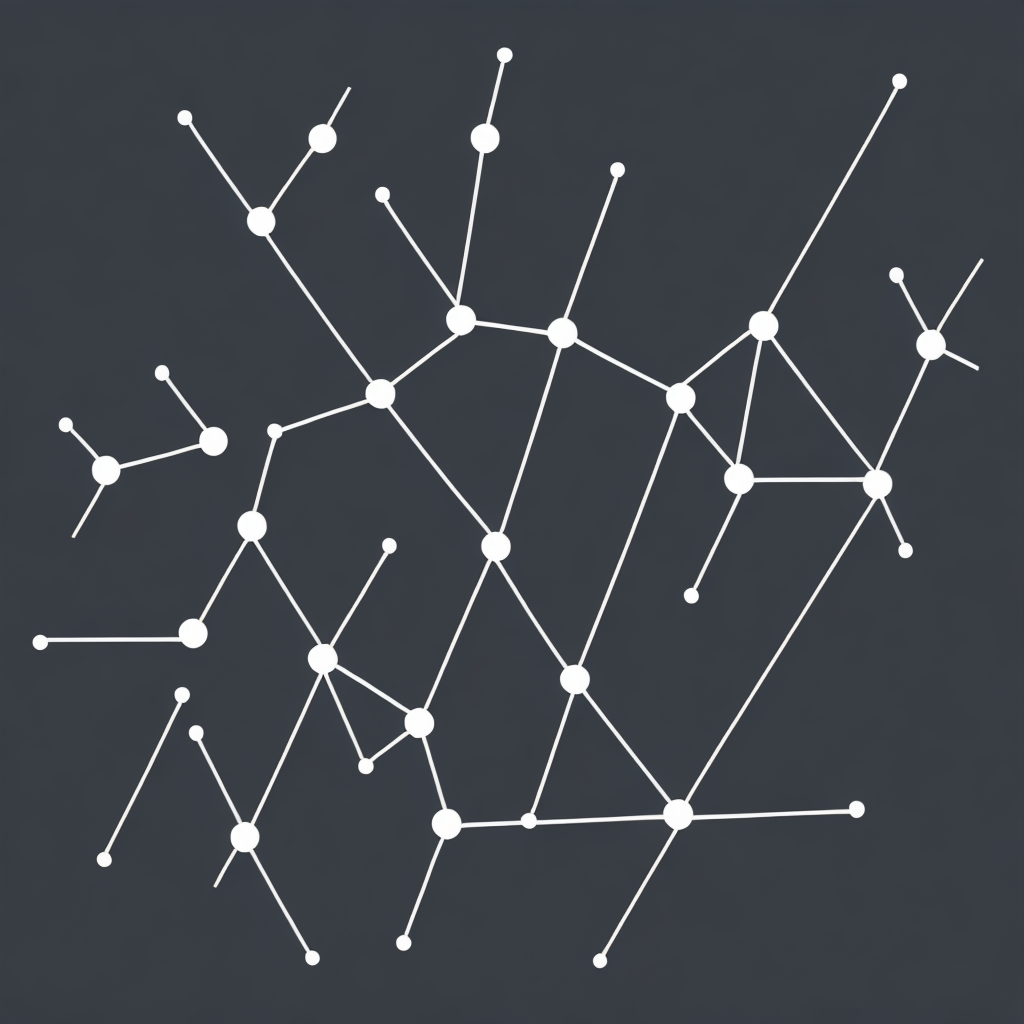In the ever-evolving digital landscape, data integration and information management have risen to become paramount concerns for businesses across various sectors, including technology, healthcare, finance, and more. Traditionally, the challenge has been to organize, retrieve, and manipulate these vast pools of data effectively, making them accessible, meaningful, and actionable. Among the innovative solutions that are transforming the data management landscape is the concept of knowledge graphs. These sophisticated digital constructs are revolutionizing the way we connect, manage, and utilize data by serving as powerful intermediaries that enhance the accessibility and comprehensibility of information. Navigating the realms of knowledge graphs, we uncover their transformative potential in data integration and information management.
### Emergence of Knowledge Graphs
Knowledge graphs are complex, interconnected networks of data that aim to capture the full spectrum of relationships and connections between data entities. These entities can range from individuals, places, and organizations to concepts, facts, events, and more. By mapping these relationships, knowledge graphs provide a comprehensive, interconnected view of the data landscape.
### How They Work
At the core of a knowledge graph lies its structured representation of data as an interconnected web. Data is organized into nodes, which represent entities, and edges, which represent the relationships between those entities. This structure allows for hierarchical organization, allowing for deep insights into the relationships between data points.
### Advantages in Data Integration
1. **Enhanced Accessibility**: With a clear layout of interconnected data, knowledge graphs significantly reduce the complexity faced in traditional data querying and retrieval processes. They enable more intuitive and efficient access to specific data subsets and the connections between them, reducing the time and effort required for data discovery.
2. **Improved Data Quality**: Knowledge graphs help in maintaining high standards of data integrity and quality. Through schema validation and constraint enforcement, these graphs detect and correct inconsistencies, missing information, and redundancies, ensuring that the data is reliable for analytics and decision-making purposes.
3. **Increased Operational Efficiency**: By consolidating diverse data sources into a single, coherent framework, knowledge graphs streamline processes, reducing the overhead typically involved in integrating multiple datasets. This integration leads to more coordinated and efficient workflows within organizations.
### Applications in Information Management
1. **Enhanced Search Capabilities**: Leveraging the interconnected nature of knowledge graphs, search engines and other information retrieval systems can provide more accurate and contextually relevant results. This capability significantly improves user engagement and satisfaction by delivering better search experiences.
2. **Personalization and Recommendations**: Knowledge graphs are instrumental in creating highly personalized experiences across various platforms, including e-commerce, entertainment, and travel. By understanding the relationships and context between entities, these graphs enable sophisticated recommendation systems based on user preferences and behavior.
3. **Healthcare Advancements**: In healthcare, knowledge graphs facilitate the integration of vast amounts of clinical data, research articles, and patient records. This interconnected view improves diagnoses, treatment planning, and predictive outcomes, ultimately leading to better patient care and outcomes.
### Conclusion
Navigating the domain of knowledge graphs reveals their profound impact on data integration and information management. These innovative structures not only enhance our ability to manage and access data effectively but also unlock unprecedented opportunities for innovation across industries. As technology continues to evolve, the role of knowledge graphs in shaping the future of data-driven decision-making and analytics is poised to grow, offering a more connected, efficient, and insightful approach to handling the vast and complex realms of data.
